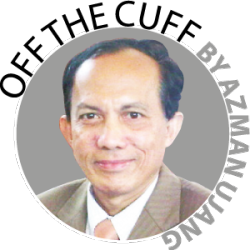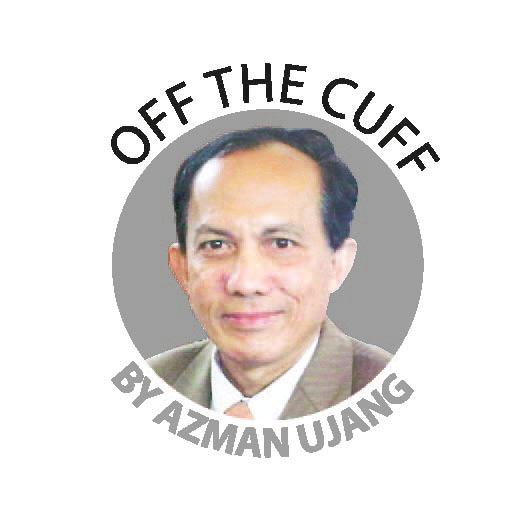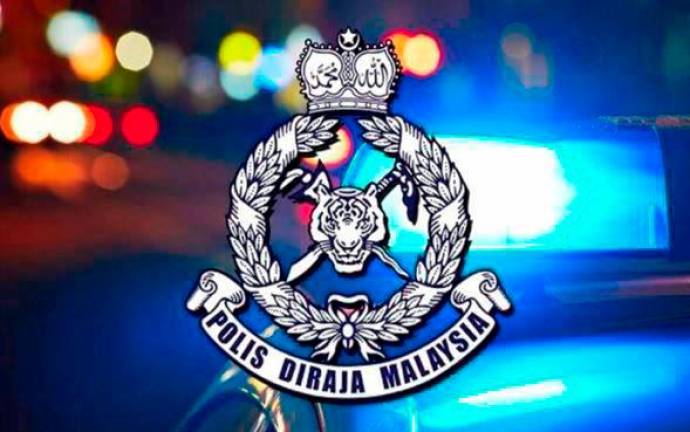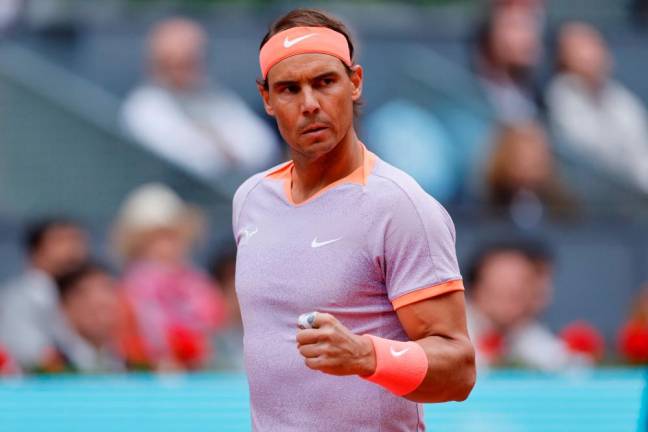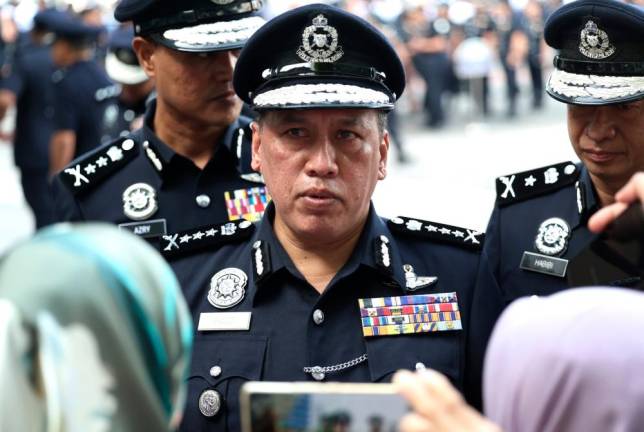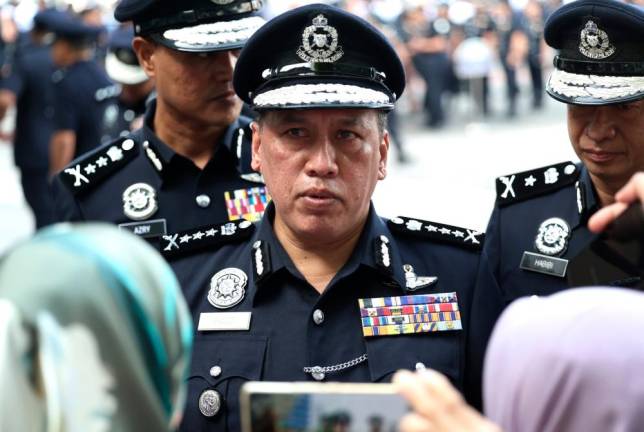I JUST returned from a three-day Hari Raya Haji trip to Cambodia. What impressed me most about our Asean neighbour is the safe and disciplined manner in which its motorcyclists ride their bikes.
There are many more of the two-wheelers now compared with my previous visit 25 years ago but the difference between their riding culture and ours is, to use a Malay proverb, seperti langit dan bumi (like the sky and the earth).
Cambodia being a former French colony is a left-hand drive country and so the slower lane is on the right side, just as ours is on the left.
And the more startling part of it all is their riding speed or lack of it – it seems just slightly faster than the speed we ride our bicycles.
This is also the riding culture in Hainan province in China that I visited a few months ago and Hanoi in Vietnam some years earlier.
I am again making a case for safer and defensive riding among motorcyclists as they are most vulnerable to fatal crashes, the toll of which has reached alarming proportions.
Alarming is an understatement because motorcycle-related fatalities are certainly the No. 1 cause of death especially among young Malaysians. Statistics show that on average over 4,000 die yearly from motorcycle crashes.
It doesn’t take rocket science and more expensive research or a dedicated government agency to get to the root causes of this tragic aspect of Malaysian life to curb what some road safety activists call “self-imposed genocide”.
Let’s start saving the lives of motorcyclists and pillion riders, many of whom don’t make it home from their workplaces, leaving behind loved ones.
The majority of those killed are between the ages of 16 and 36 or people starting out in life. This makes it even more compelling that all stakeholders regard this as a national issue of concern.
Safe riding culture must begin with a complete attitudinal transformation of the motorcyclists before laws are enacted to enforce such a change.
With some 15 million registered motorcycles, or half of the population, things could get even worse before they get better if nothing is done to curb the death toll or if it’s business as usual.
Safety First, a citizens safety advocacy group on WhatsApp, which was formed last year, has placed safer riding awareness as its top priority.
It is gratifying that the group’s effort at this early stage is getting positive response from some of the key stakeholders.
Works Minister Baru Bian, in an interview with an online news portal The Mole last week, said the ministry is in favour of restricting motorcyclists to the left or slowest lane especially during peak hours.
“Statistics of road deaths and injuries during those hours of commuting involving motorcyclists and pillion riders have reached an alarming level over the past years,” said Baru.
The group had proposed several measures during its meetings with Baru and Transport Minister Anthony Loke. The gist of it is riding on the left lane and at a reduced speed of 70km/h.
But Baru also said that for now, such a speed limit specifically for bikers is unlikely before an in-depth study and this requires thorough observation over a long period.
The group says that enough studies have been done and the ministry needs only to get the relevant reports from agencies like the Malaysian Institute of Road Safety Research (Miros) and the Road Safety Department.
Malaysia is perhaps the only Asean country that has such dedicated road safety agencies and yet we also have one of the highest road death statistics for the size of our population.
Miros chairman Datuk Suret Singh has spent much of his government career as a road safety advocate and is another strong supporter of the original idea from the Safety First Group for motorcyclists to keep to the left lane and at a lower speed limit.
“In the meantime, for existing roads with no segregated lanes for kapcai (the small motorcyles), motorcyclists can self-regulate supported by advisory enforcement to keep to the left lane and this will give significant benefit as they are now limited to exposure in the typically slower lane,” he told me.
The immediate impact of this measure is not riding between the larger vehicles and weaving or squeezing their way in and out of traffic, which is the main cause of motorcycle crashes.
“Both these actions are high risk because the two-wheelers are in the blind spot of the bigger vehicles. And they also cause problems for lane changes and practice of mirror signal manoeuvre before lane changes by cars, buses and trucks,” he said.
And Suret told me another piece of good news that could drastically cut deaths of motorcyclists in the foreseeable future: Miros is working with the Road Safety Department and Public Works Department to implement the dedicated lanes and speed limit initiatives that can be posted and enforced under the 12th Malaysia Plan.
Another key body that has raised the alarm is the Social Security Organisation (Socso) and rightly so, because it is paying hundreds of million ringgit yearly for commuting accidents, mostly (as expected) involving motorcyclists.
Its chief executive officer Datuk Seri Dr Mohammed Azman Aziz Mohammed said last year alone, a total of 35,195 such accidents were reported, a huge increase of 85% from 2008.
“There are many factors that led to the increase. During the rush hour ... motorcyclists weaving in and out of traffic, running red lights and speeding and their disregard for the law and poor time management.
“The problem is the behaviour and attitude of our people and we are aware of this. This is something that needs to change,” said Azman, adding that Socso is taking the lead in educating workers on prevention of accidents besides occupational safety.
I think wives and children of motorcyclists, who have the natural habit of accelerating when riding, can play a big part by always reminding them to “sayang nyawa” (love life) and to return home safely.
The lives of the motorcyclists are actually largely in their own hands.
Comments: letters@thesundaily.com



